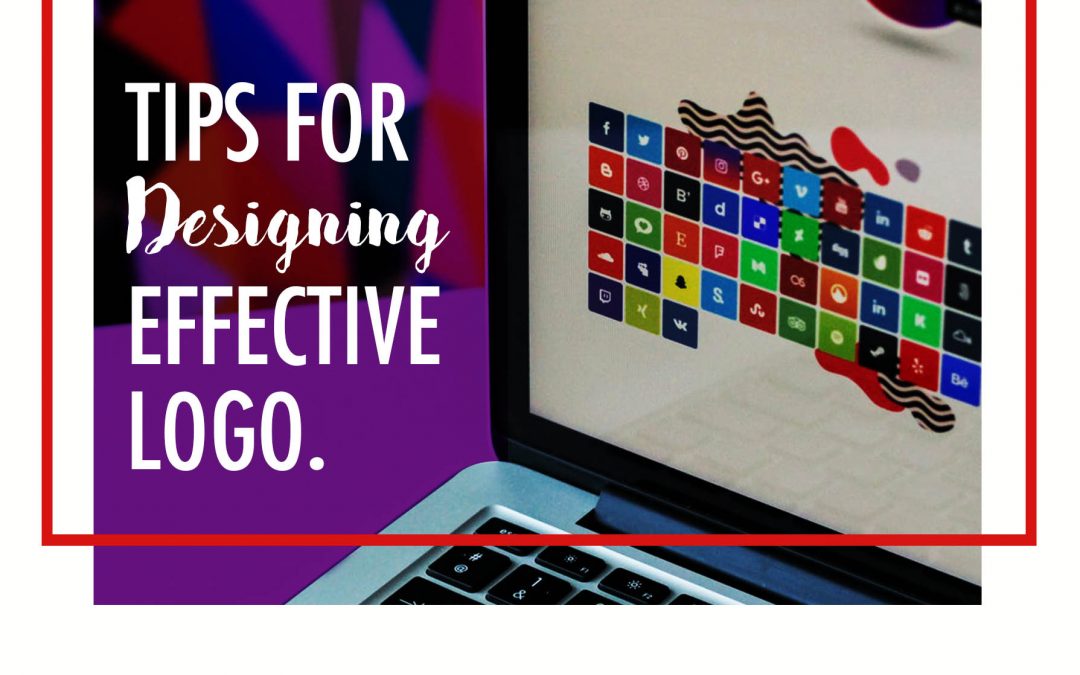Cracking a solid brand identity is an important part of any business. It is no surprise that well-established brands pour large amounts of resources into packaging, promoting and protecting it. Good branding improves recognition, trust and can represent company values. Although the brand identity is made out of several components that are not necessarily visually manifest, the logo is one of the most prominent parts of a brand that is seen the most frequently. A logo isn’t just a badge that reads a company name, it has the power to symbolically present values, aspirations and emotion.
How does one design a memorable logo? Take a look at some famous examples of the seven major types of logos that exist.

Easy on the eyes
Almost all the instantly recognizable logos are essentially simple in design. Simplicity, is not to be mistaken as plain. Successful logos avoid the use of unnecessary, flashy elements that make it difficult for the eyes to find a single point to focus on. A good logo should be registered instantly without forcing one to squint or ponder too deeply. Overly detailed logos can be painful to look at, despite being beautiful. As logos require to adapt to a variety of surfaces and settings, having one that is too ornate can be difficult.

Think timeless, not trendy
This rule doesn’t just apply to cultivating an authentic sense of style. Look for strong, sophisticated themes that directly relate to the company. Avoid replicating design trends as your logo can end up looking more like cut-copy-paste than original. However there is nothing wrong with incorporating a minimalist or vintage aesthetic as long as it runs true to your brand identity and isn’t a mix-match of the two with a shutterstock vector slapped awkwardly in the middle.

Black is not a color
Debates around colour in logos seldom touch on the status of black, but they do sometimes consider the link to emotion. But you can’t select brand colours using an implied emotional link without also considering cultural meanings. And there are just too many variables to consider if venturing down this path. A good designer should have a sound understanding of colour psychology and know how colour choices, including the use of shades and gradients can influence their designs. When done right and used in the right context, a simple black and white logo can look simply stunning.

Think about where it will be used
For many years, brands had to consider how their logo would look in print, which forced them to avoid logos with too much detail. Once brands started launching websites, we found that we could be a little more adventurous with our designs, while still having to consider how the logo would look in print. And now we have a multitude of different digital devices, social media profiles, and the ability to launch a branded mobile app. We now not only have to consider how our logo will look in print, but also at different sizes, and as a square avatar or profile image.
One way to overcome these discrepancies of platform, is to create two different logos:
•A logotype — This is either a type-only logo, or a combination of type and a logo mark, which could be an abstract, mascot, or pictorial mark.
•A Glyph — A simpler representation of your brand, generally only using your logo mark. Whatever you use must fit into a square frame, and must be easily identifiable even when small. This would be used as your social media avatar, in small spaces, and possibly even in your app icon.
Established brands can get away with only ever using a logo mark, but you should avoid this until your customers are able to recognise your logo mark even without your brand name.

Choose your typeface carefully
It is said that a person’s handwriting can reveal volumes about their personality and true nature. So does one’s choice of font. Be careful of overly decorative or difficult to read ones that shrink on smaller screens. Choose a script that aligns well with your brand personality and pairs with company values. If a law firm employed a fun juvenile typeface, how effective do you think their communications will be?
Conclusion
Your logo is a cornerstone of your brand, so don’t rush the design process, or treat it like an afterthought. A good logo requires a solid understanding of a brand personality, the goals, values and aspirations of a company. They need to be firmly aligned and reflective of one another. Think strategically about what images, colour and font you want to employ as each element used in the construction of a logo has innate meaning that is subconsciously registered by those looking at it. Though important to allow your imagination to run wild, remember always to stick by the brief and have a design strategy guiding your moves.












